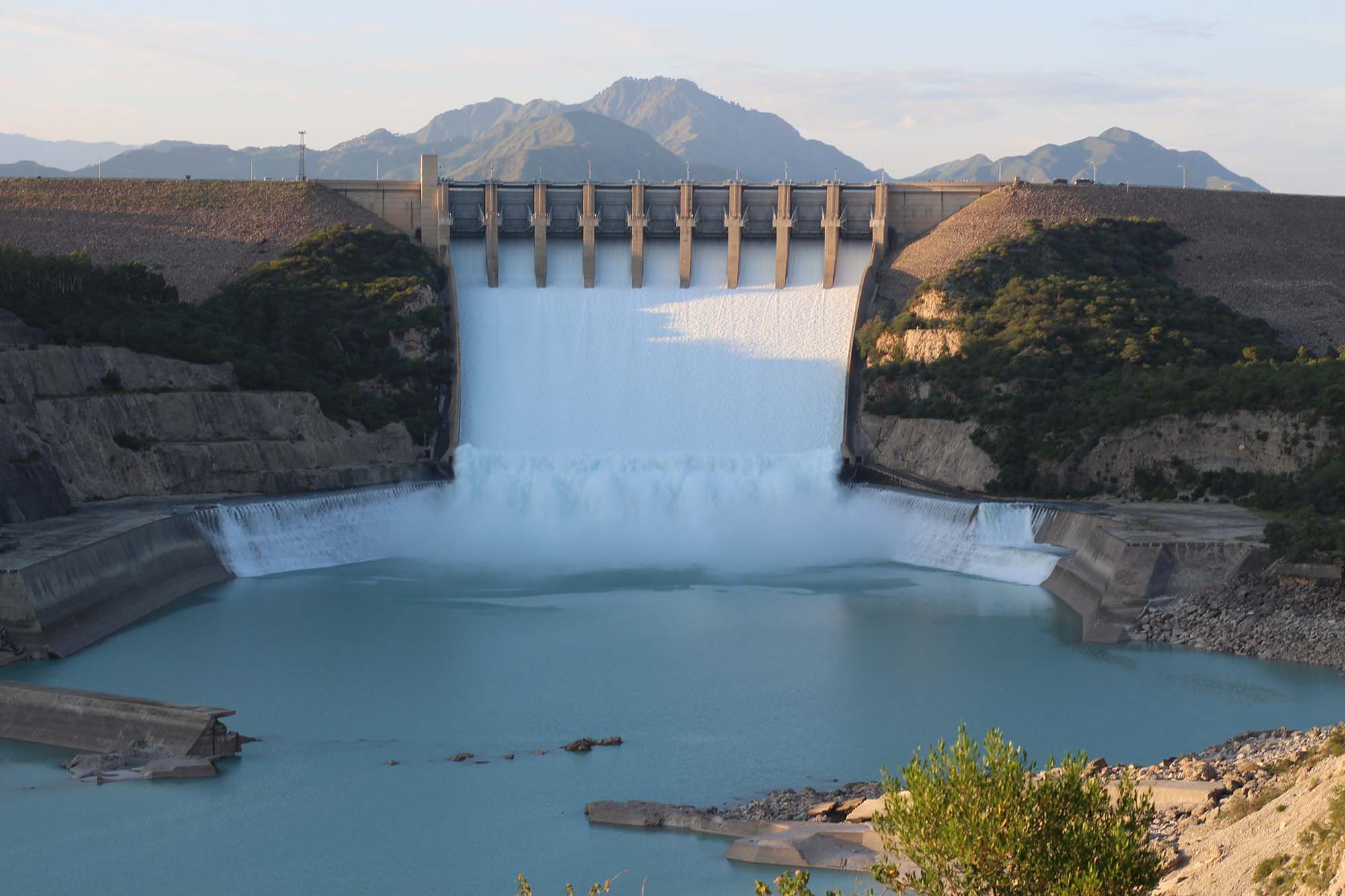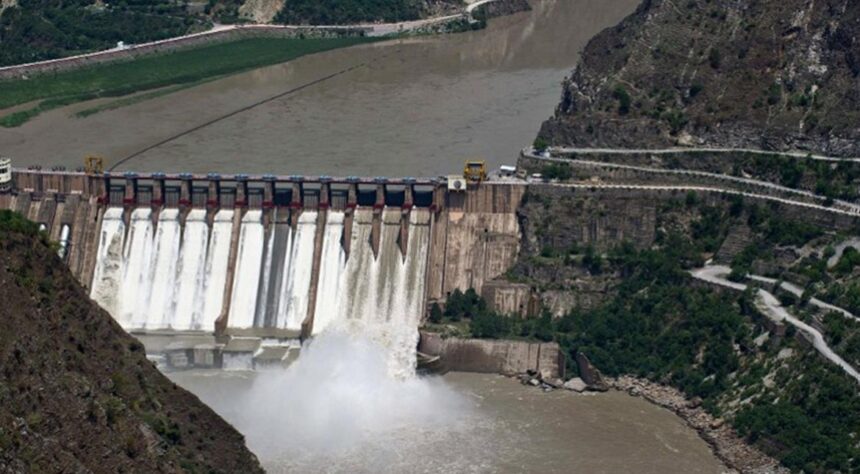Introduction

India’s suspension of the historic Indus Water Treaty with Pakistan marks a bold move to tackle North India’s looming water scarcity. While the political and strategic implications are massive, the physical task of diverting and utilizing the Indus River Basin waters will take years, billions of dollars, and intense coordination. Here’s a deep dive into the top challenges India faces in executing this monumental shift.
1. Time-Consuming Infrastructure Development
Although India can immediately stop sharing water usage data and divert minor flows, significant diversion of Indus waters will require years of work. Building new dams, canals, reservoirs, and raising existing structures like Uri, Dulhasti, Salal, Baglihar, and Nimoo Bazgo dams will be critical but time-intensive projects.
2. Huge Financial Costs and Environmental Risks
The construction of diversion canals, increased dam storage, and river desilting projects across Jammu and Kashmir, Himachal Pradesh, and Punjab will cost billions. Furthermore, raising dam heights and rerouting rivers could increase the risks of floods, landslides, and displacement in ecologically sensitive mountainous regions.
3. Political and Federal Coordination Issues
States like Jammu & Kashmir, Himachal Pradesh, Punjab, and Haryana have competing interests over water sharing. Past projects like the Satluj-Yamuna Link Canal highlight the deep-rooted political challenges in achieving interstate water cooperation despite Supreme Court mandates.
4. Underutilization of Water Resources
Despite having rights under the Treaty, India has historically underused its allocation. For instance, 2 Million Acre Feet (MAF) of Ravi river water still flows into Pakistan unutilized. Similarly, India has developed only a fraction (about 3,482 MW) of the hydroelectric potential (estimated 20,000 MW) on western rivers.
5. Strategic Risks from Pakistan and China
While India has upstream leverage, Pakistan can manipulate sections of the Indus re-entering India in Gujarat, creating environmental challenges. More critically, the Brahmaputra and Indus rivers originate in China, raising fears about potential weaponization of water by Beijing amid geopolitical tensions.
6. Impact on Local Communities
Large-scale water diversion and storage expansion will likely displace thousands in river valley areas. Environmental activists warn that aggressive dam expansions could harm fragile ecosystems and traditional livelihoods, necessitating careful rehabilitation and compensation programs.
7. Legal and Diplomatic Fallout
India’s unilateral suspension sets a precedent that could be cited by neighboring countries. Future negotiations with Pakistan and even China regarding shared river systems could become more contentious, impacting India’s diplomatic leverage in South Asia.
Conclusion
India’s suspension of the Indus Water Treaty signals a new era in water geopolitics. While the move could eventually secure water for millions in North India and boost agricultural and industrial growth, the path ahead is fraught with challenges. Massive infrastructure, environmental safeguards, and interstate cooperation will be the keys to success. Stay tuned for more updates on India’s evolving water management strategies!









